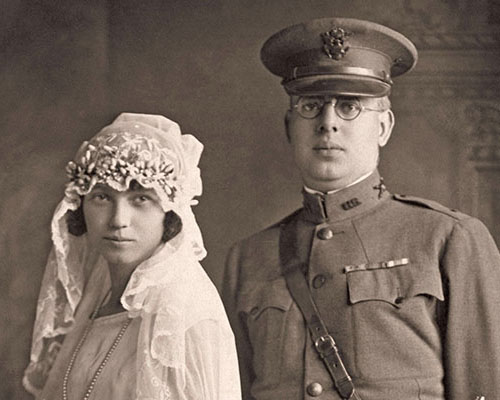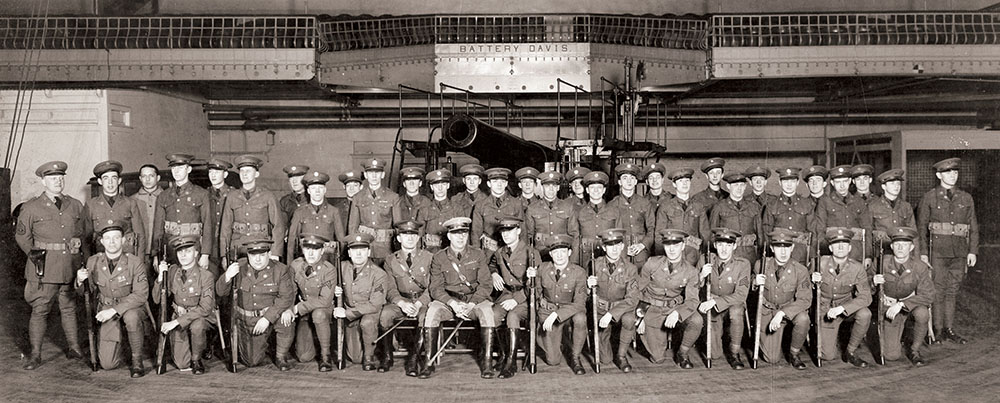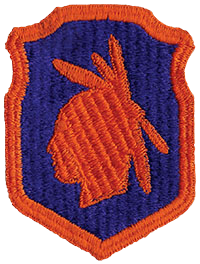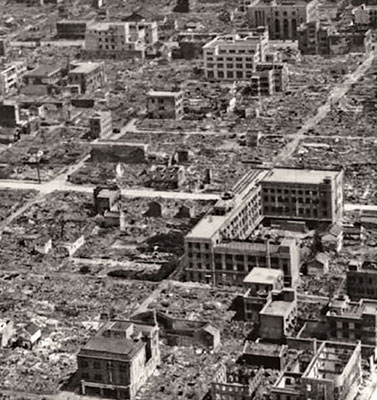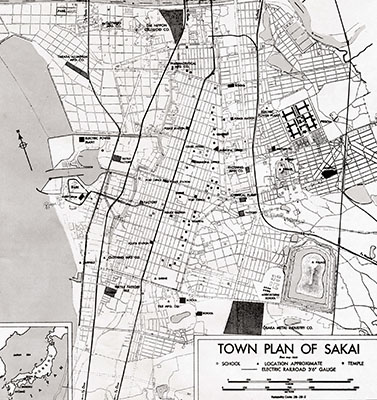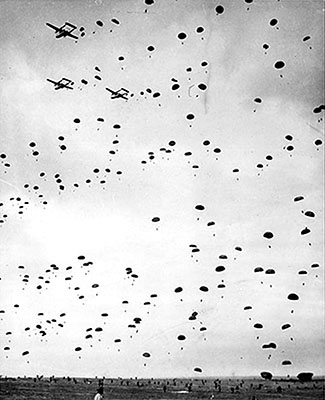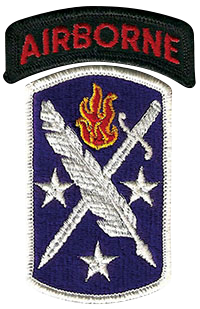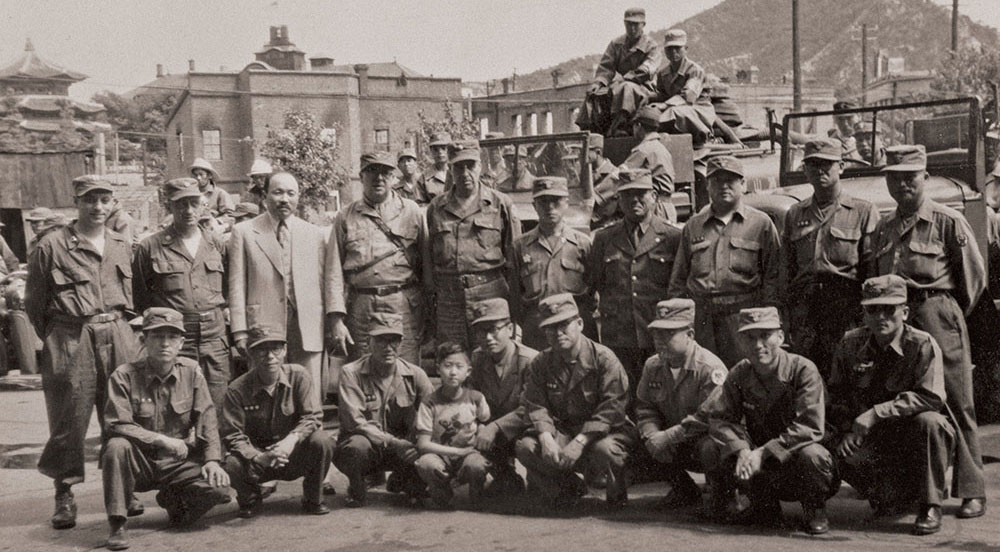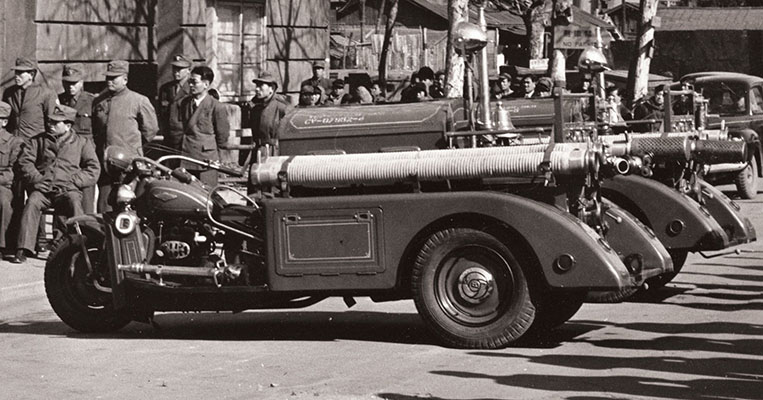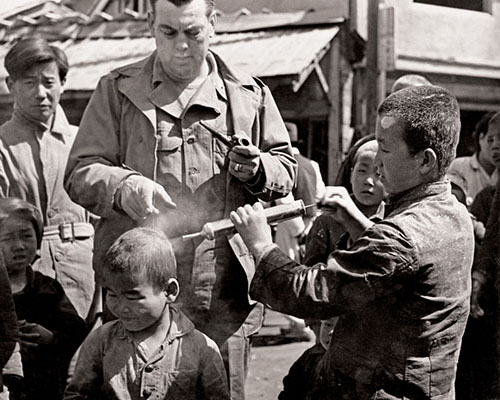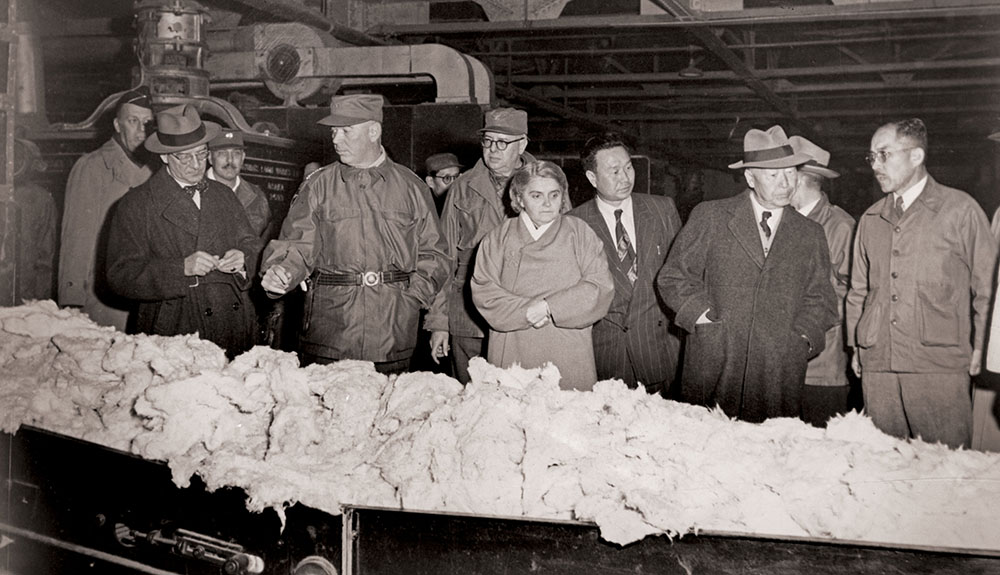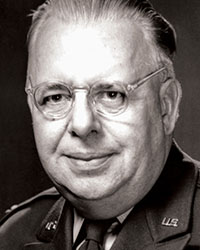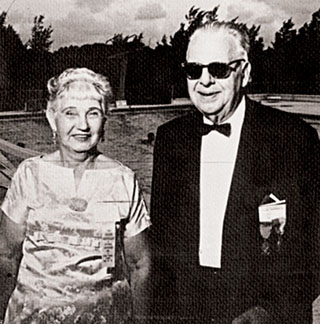SECTIONS
DOWNLOAD
A very tired Colonel (COL) Charles R. Munske sat dejected on a concrete step on the afternoon of 4 December 1950. Smoking a cigar, he brooded over recent events. During the past five weeks he had labored to mend a broken P’yongyang, North Korea, captured by United Nations forces on 19 October 1950. In a herculean effort, COL Munske and his small Civil Affairs team had restored basic services. However, with advancing Communist Chinese forces just four miles away, the booming of not-so-distant artillery told Munske that his efforts would not see fruition. Therefore, he had just ordered the destruction of the very facilities the team had so painfully worked to rebuild. After burning what papers he could not take with him, Munske “sat there smoking a good cigar trying to think what to do next. I figured the best thing was to leave … there was nothing between us and the Chinese excepting the British Tank Corps, so I decided there was no reason for us to stay.”1 This marked the end of the civil affairs/military government effort in the only Communist capital ever occupied by U.S. and allied forces. So, who was COL Munske?
The man in charge of that occupation was a veteran of both World Wars I and II. Involved with Civil Affairs and Military Government (CA/MG) in the Pacific Theater since 1944, Munske was one of the most experienced officers in that field in the Far East. As such, he merits status as a Civil Affairs icon. Furthermore, his determined efforts were an exemplar of the impact that a dedicated and innovative CA officer can make, even with limited resources. This biography details his life and his contributions to Civil Affairs. Unfortunately, the lack of records regarding the early years of Munske’s life and career does not allow more details.
Birth — World War I
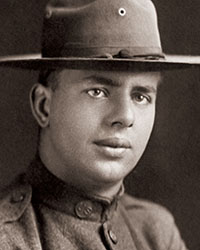
Charles Robert Henry Munske was born on 12 July 1897 in Brooklyn, New York, to immigrant parents. His father was born in Altoona, Germany, and his mother in Wurttemberg.2 As the son of a former sailor and small business owner, Munske grew up with a close group of friends from youth groups sponsored by the Bushwick Avenue Congregational Church in Brooklyn.
Munske’s long military career began just a few months after war broke out in Europe in August 1914. On 14 December, he enlisted as a private in the 11th Company, 13th Coast Defense Command, New York National Guard. This began nearly thirty years of service in the Coast Artillery Corps (CAC).3 On 6 April 1917, in response to Germany’s unrestricted submarine warfare campaign and the sinking of several American ships, the United States declared war on the German Empire.4
National Guard Sergeant (SGT) Munske mustered into Federal Service on 16 July 1917. He served as a gun commander, first at Fort Hamilton and then at Iona Island, New York.5 A year later he deployed overseas with the 70th Artillery, CAC, arriving in France on 22 July 1918. Though assigned to the American Expeditionary Forces (AEF), the 70th CAC spent the war training at Angers, France, and did not see combat before the Armistice on 11 November 1918.6
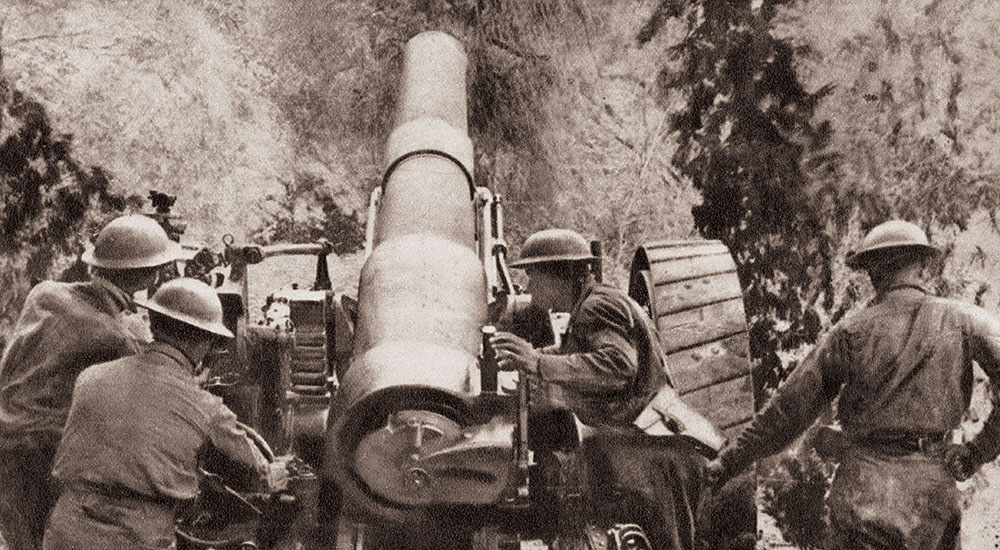
Munske’s big contribution came after the Armistice. As a fluent German speaker, he became an interpreter for the ‘Engineer Operations Division of War Damages in Allied Countries’ section of the American Commission to Negotiate Peace in Paris. The section assessed reparation payments due the Allies for damages suffered during the German occupation of their territory. His efforts helped support claims made after the Treaty of Versailles (28 June 1919). Service on the Commission was Munske’s first exposure to CA/MG activities.
On 19 March 1919, SGT Munske then transferred to the 102nd Field Artillery Regiment, 26th Infantry Division (ID), the famed ‘Yankee Division,’ because the 70th CAC had already returned to the United States.7 Soon after, he sailed home with elements of the 26th ID on the converted troopship USS Mongolia (ID-1615), reaching Boston Harbor on 10 April 1919.8 Then, like many AEF veterans, he attempted to settle back into his pre-war life.

